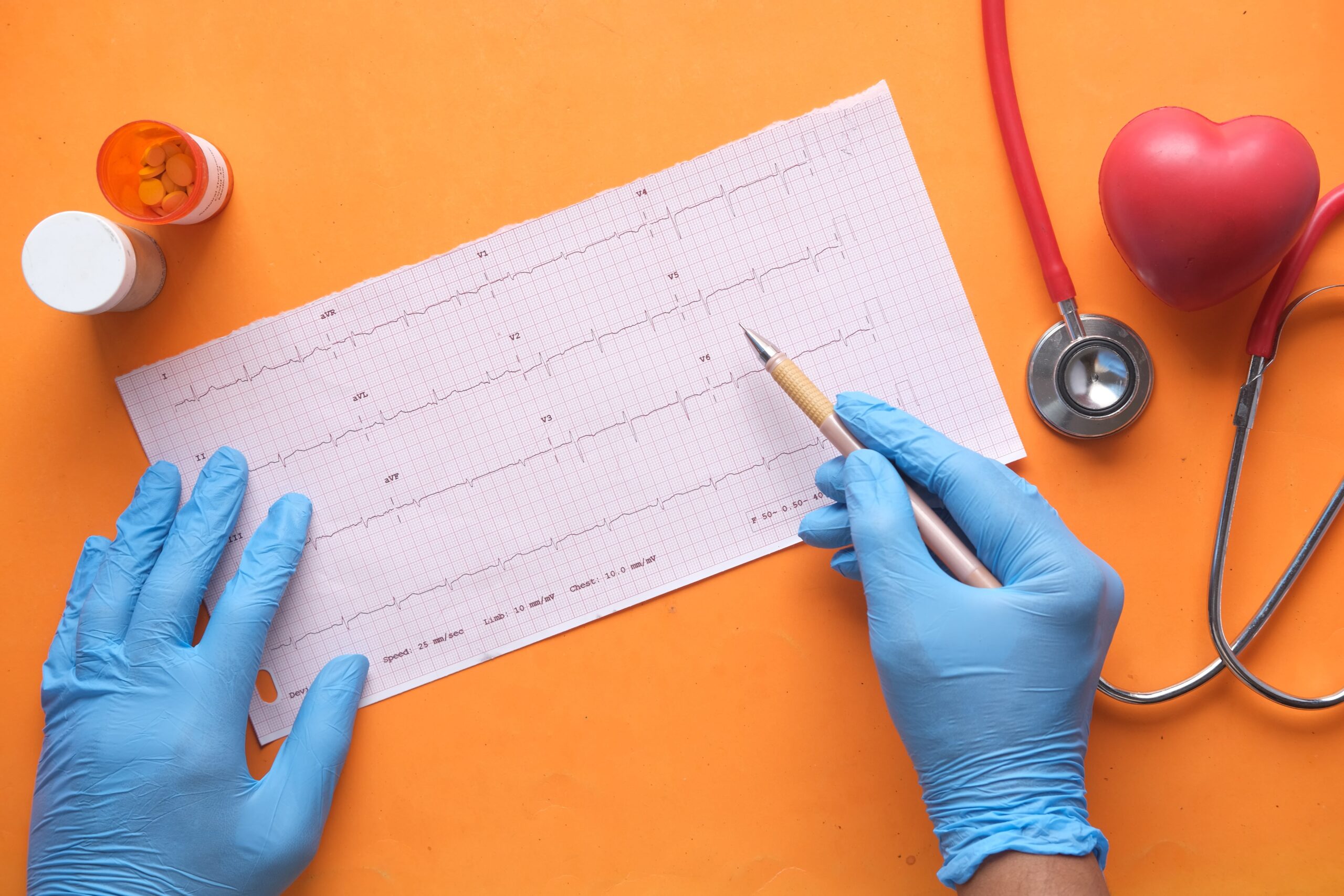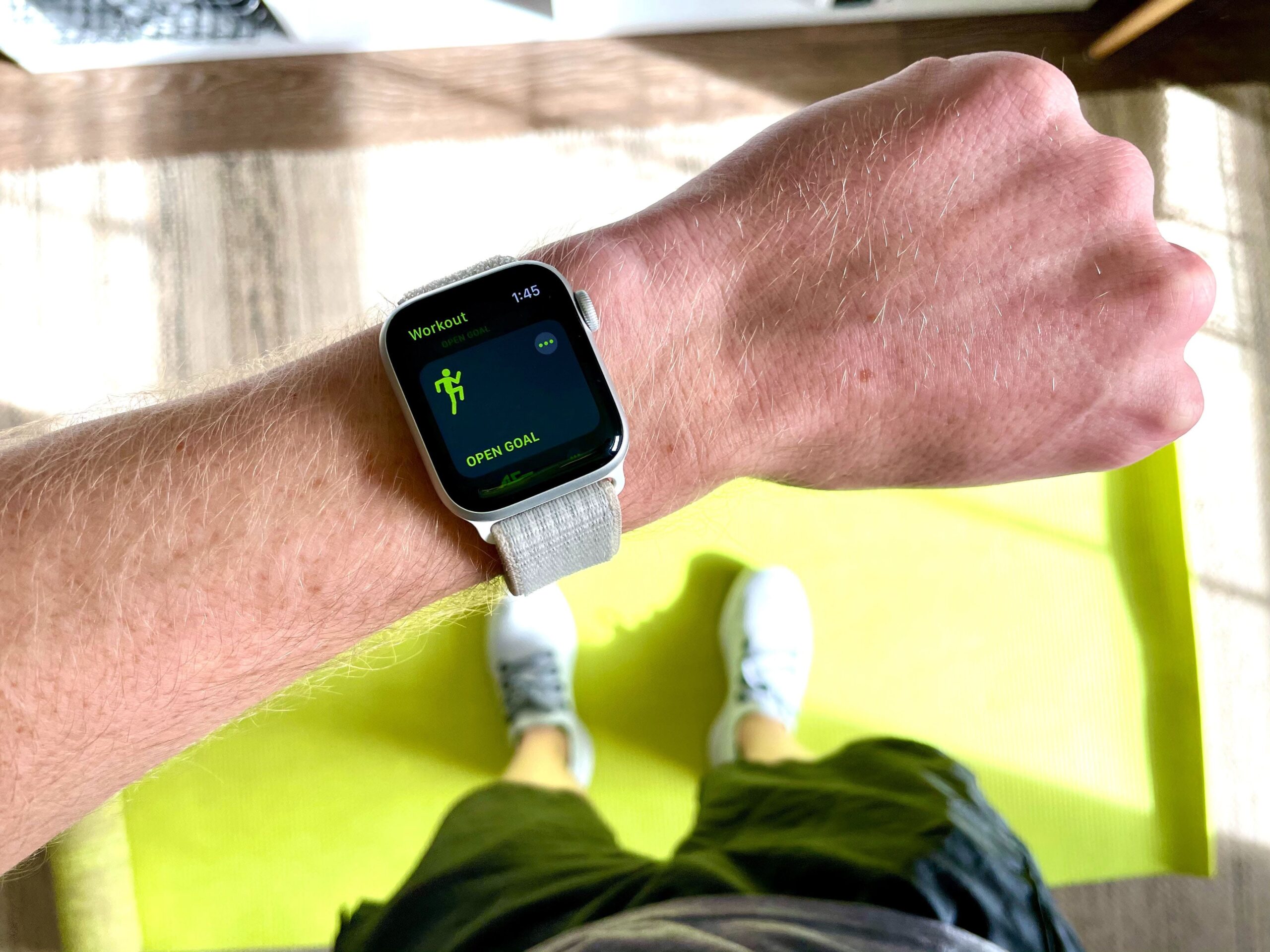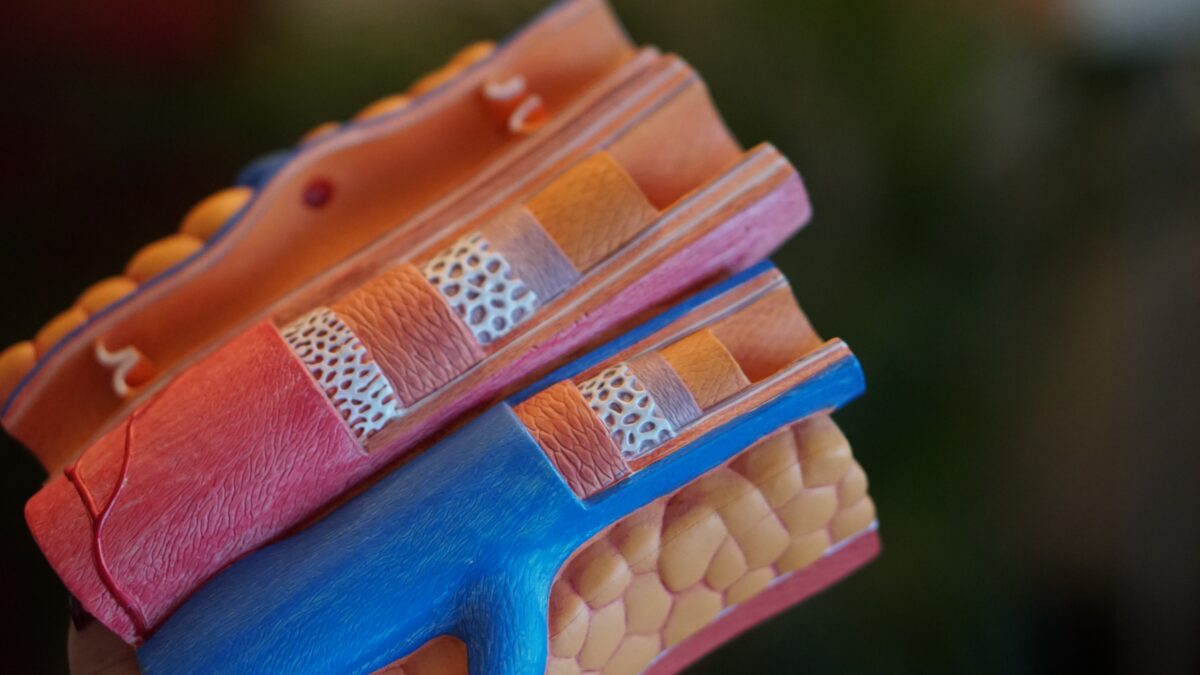Coronary heart disease is one of the most common causes of death for men and women in the United States. This condition occurs when plaque builds up in the arteries that supply blood to your heart. This plaque consists of cholesterol deposits, among other things, that build-up within the arteries creating blockages to blood flow. This accumulation of plaque is referred to as atherosclerosis. And if left untreated, it can result in heart attack. While there is no “one-size-fits-all" approach to coping with coronary heart disease, there are several steps you can take to reduce your risk.
Let’s take a more in-depth look at coronary heart disease, including its symptoms, and, importantly, how you can protect yourself from it.

Symptoms of Coronary Heart Disease
Coronary heart disease (CHD) occurs when the blood vessels that supply the heart with oxygen-rich blood become narrowed or blocked. This can lead to excruciating pain in the chest, shortness of breath, irregular heartbeat, and heart attacks. Unfortunately, CHD is currently the leading cause of death in the United States for both men and women and so should be taken very seriously. The most frequent symptom of CHD is chest pain or discomfort, which can happen when the heart muscle is not getting enough oxygen-rich blood.
Other symptoms may include shortness of breath, nausea, lightheadedness, and cold sweat. If you experience any of these symptoms, seeing a doctor as soon as possible is essential, as CHD can be a life-threatening condition.

Diagnosis of Coronary Heart Disease
Treatment of Coronary Heart Disease
Although there is no cure for CHD, treatments can help manage the condition and reduce the risk of further complications. These include blood thinner medications, lifestyle changes such as quitting smoking and eating a healthy diet, and medication to lower blood pressure and cholesterol levels.
In some cases, surgery may also be necessary to clear blocked arteries or repair damaged heart tissue. With proper treatment, we’re happy to note that many people with CHD are able to live long and fulfilling lives.
Steps to Take if You Have CHD
Early diagnosis and treatment of coronary heart disease (CHD) can save lives. So, if you think you may have CHD, it’s essential to see your doctor as soon as possible. Your doctor will review your complete medical history and symptoms, and will also order tests to check for signs of CHD. These tests may include certain blood tests to check for high cholesterol levels or other fats in the blood, an electrocardiogram (EKG or ECG) to look for abnormal heart rhythms, or a stress test to see how well your heart functions during exercise.
If your doctor suspects you have CHD, they may refer you to a cardiologist for further testing and treatment. Early diagnosis and treatment of CHD are essential for preventing heart attacks and other serious complications.

Prevention of Coronary Heart Disease
Several lifestyle changes can dramatically reduce your risk of developing coronary heart disease. Perhaps most importantly for smokers is to quit smoking cigarettes, as challenging as that can be. Smoking is a crucial risk factor for coronary heart disease, so quitting now can make a huge difference down the road.
And in all cases, maintaining a healthy weight, eating a nutritious diet, and exercising regularly can also help to reduce your risk of developing coronary heart disease. You can go to the Habits section of your Cardiogram app to enroll in heart health habits, all of which can help to prevent CHD and other cardiovascular disease. Making these lifestyle changes might be challenging, but even small improvements can improve your chances of avoiding coronary heart disease. And you are worth the effort!
1. NHS Choices. (2022). Overview - Coronary heart disease. https://www.nhs.uk/conditions/coronary-heart-disease/#:~:text=Coronary%20heart%20disease%20is%20the,furred%20up%20with%20fatty%20deposits.
2. Coronary Artery Disease: Causes, Symptoms, Diagnosis & Treatments. (2021). Cleveland Clinic. https://my.clevelandclinic.org/health/diseases/16898-coronary-artery-disease
3. Coronary Heart Disease - What Is Coronary Heart Disease? | NHLBI, NIH. (2022, March 24). Nih.gov. https://www.nhlbi.nih.gov/health/coronary-heart-disease


